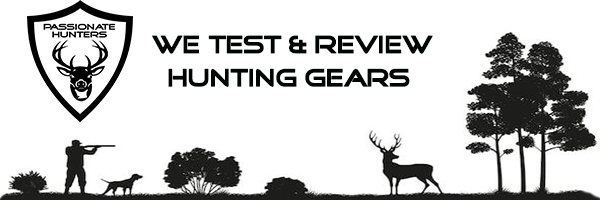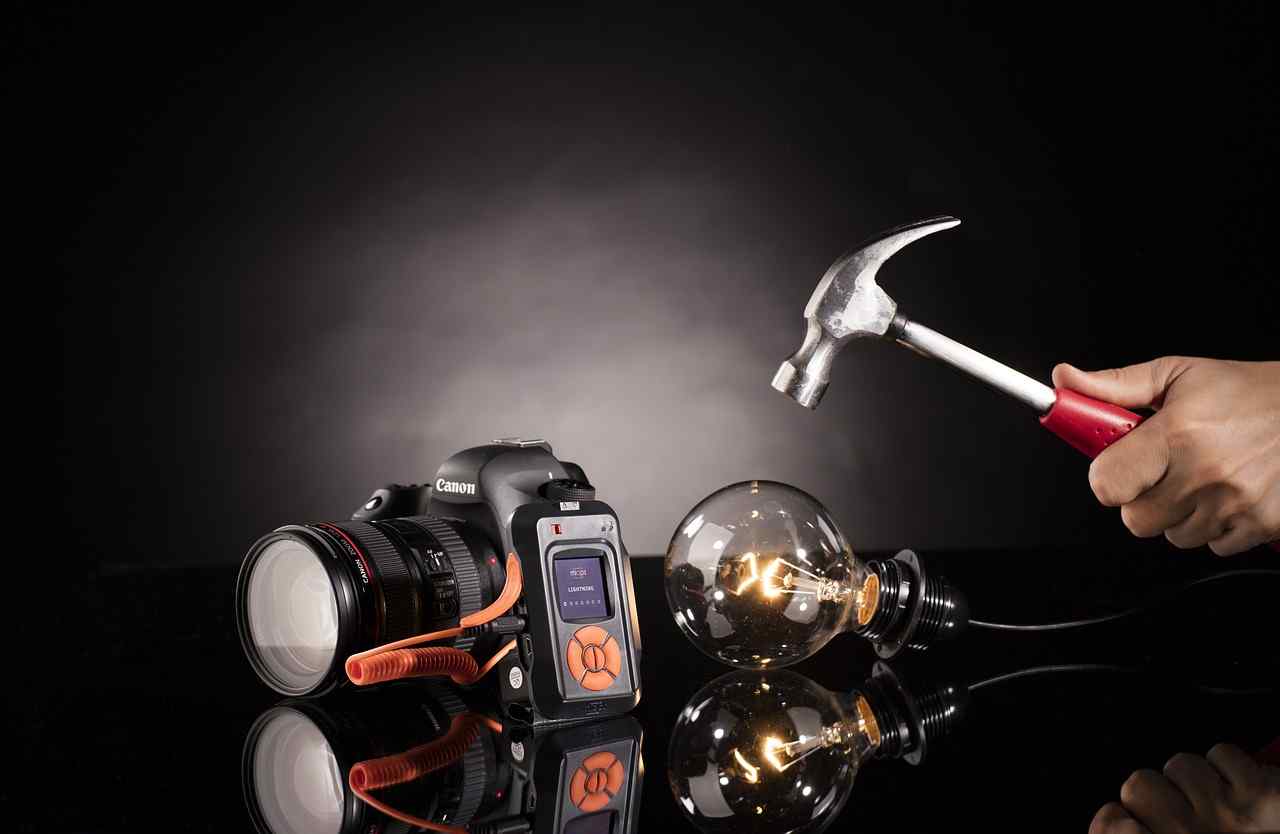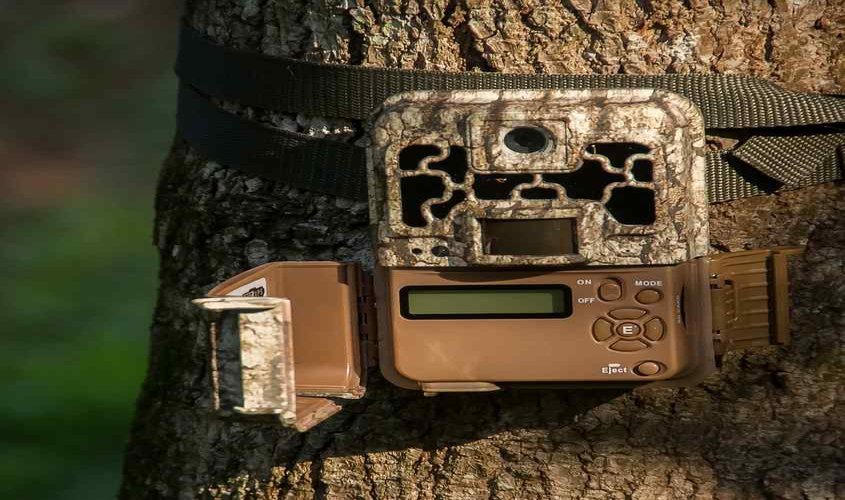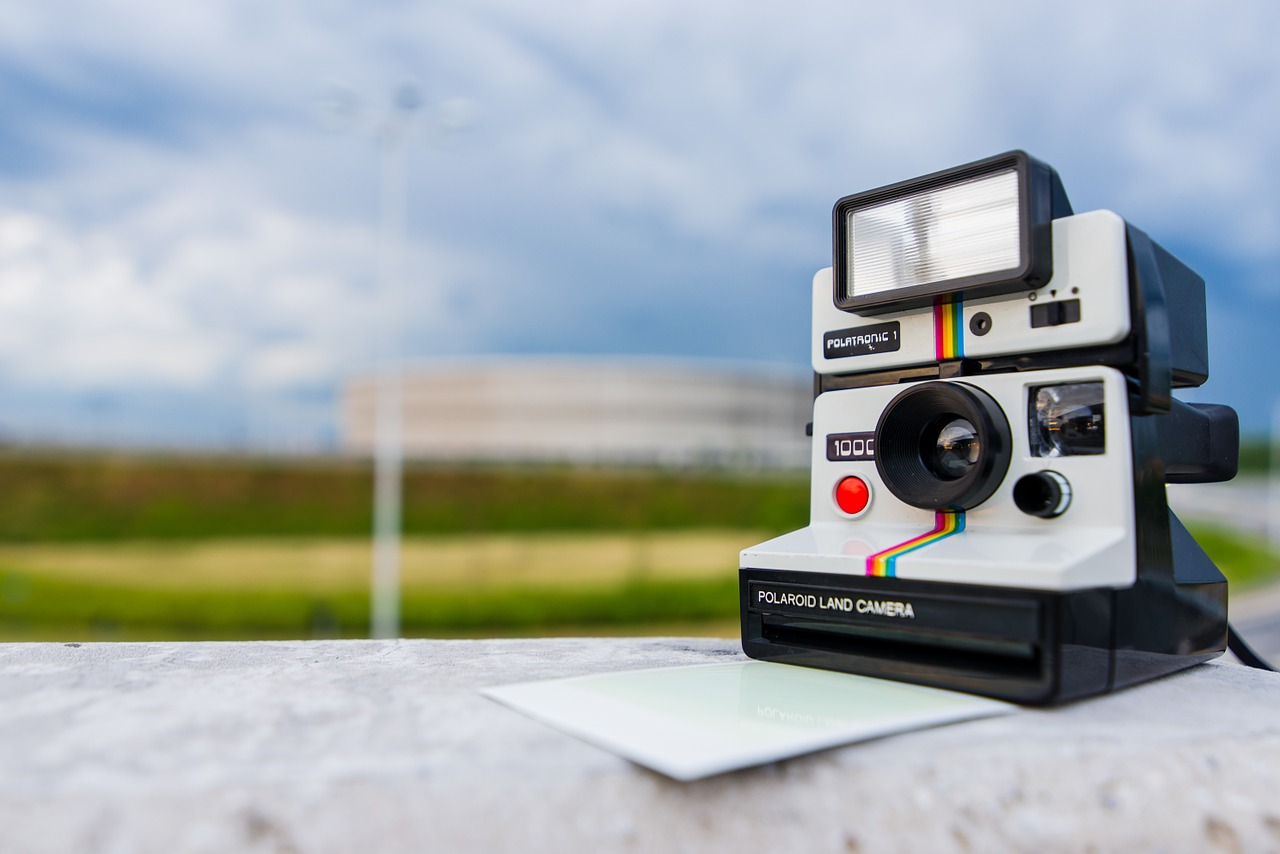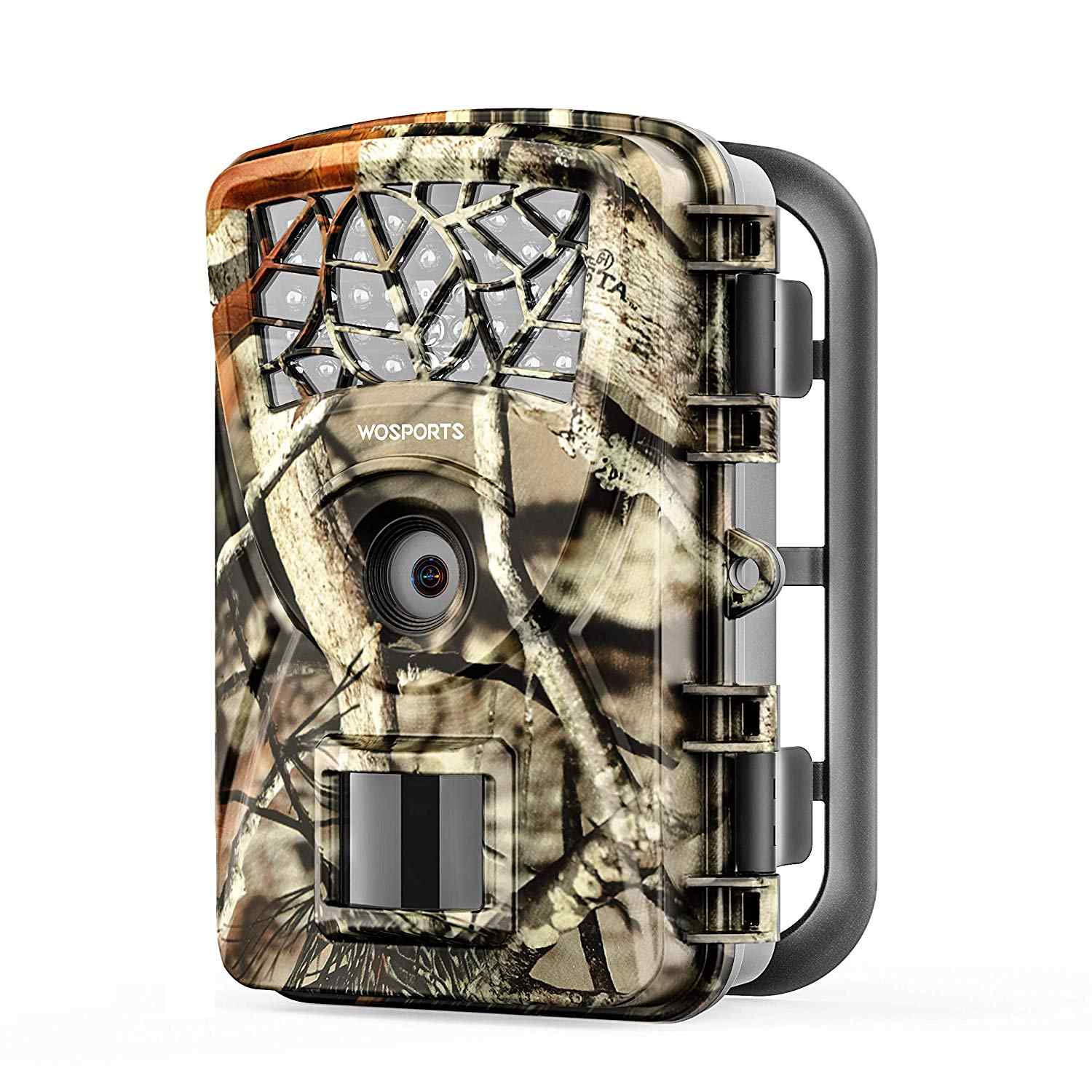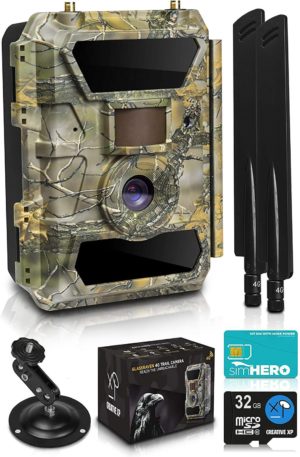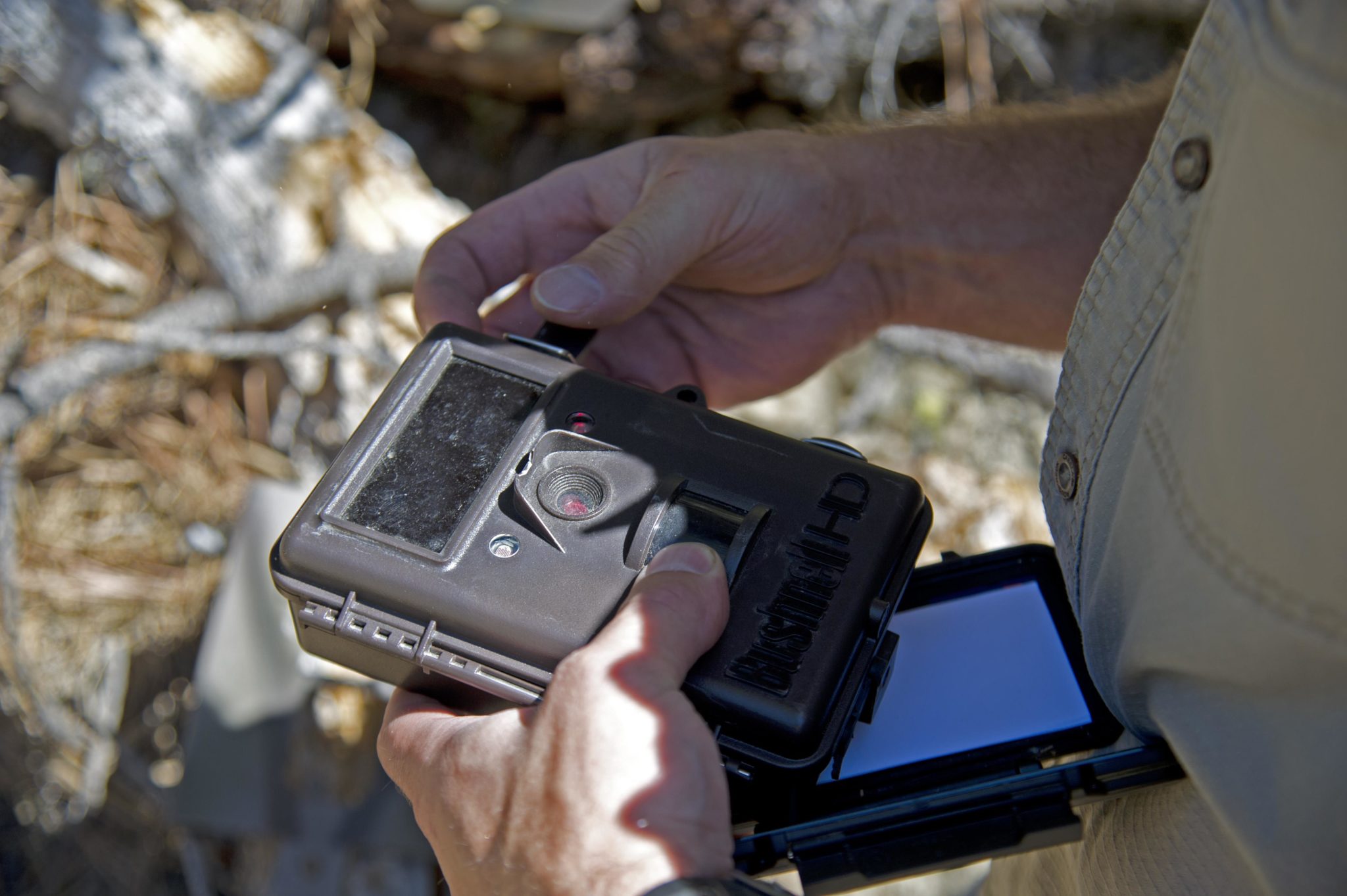Any individual who has run trail cameras for any period of time has encountered the feared false triggers. This past spring, I invested the energy setting up a mineral site at one of my camera areas. Picking the area cautiously I cleared the ground to the earth with the goal that minerals could saturate the dirt. I evacuated each branch, twig, and leaf within a 20-yard span, and cautiously chose the ideal tree for the camera.
After two months, I came back to the site to see that the mineral was worn to the ground, and my SD card was full! Upon the survey, I had gathered more than 5,000 photographs of the sun rising and grass developing. Not many trail camera issues can be all the more baffling.
The most widely recognized purpose behind trail camera false triggers is the course the camera is pointed to. It is essential to confront the camera either North or South, to evade direct light from the sun rising or setting. The immediate light not exclusively can actuate the PIR sensor, however, can make a sudden glare or shadow that initiates the movement sensor too.
HOW TRAIL CAMERA DETECTION WORKS
There are no two makers that make precisely the same recognition framework. Some utilization of Passive Infrared (PIR) sensors, while others utilize essential movement recognition, and some utilization a mix of the two frameworks. Starting with one trail camera then onto the next, there might be changes between affectability, recognition zone, and discovery remove that all have an impact in catching photos.
Uninvolved INFRARED (PIR)
PIR sensors are generally more up to date innovation for trail camera location. Regularly producers will couple the PIR alongside movement location to guarantee that no photograph is missed.
PIR sensors can detect changes in infrared light that happen when a creature or individual goes into the recognition zone. With PIR sensors it is less demanding to identify extensive creatures, for example, deer, moose, elk, and people than it is to get little creatures, for example, winged animals, squirrels, and raccoons.
All articles on earth transmit infrared radiation, that can be recognized by warmth. In this manner, PIR sensors are known to work best when there is a greater fluctuation in temperature between the creature and the outside temperature.
Movement
Movement recognition is the least difficult type of identification a trail camera can have. Like the programmed entryway at the neighborhood market, movement sensors identify an unsettling influence or development from the space inside its location zone.
Recognizing with movement has been a viable strategy for quite a long time, however, the most serious issue is that only it cannot separate between a leaf tumbling from the trees, or a bear walking by your camera. To a movement sensor, development is essentially development and will actuate the camera.
TRAIL CAMERA PLACEMENT
The position of a trail camera is the absolute most critical part of getting quality photos. Where, how, and when to put your trail cameras for natural life photography, takes a feeling of woodsmanship, and comprehension of creature developments, aptitudes that must be learned after some time. Nonetheless, there are a couple of straightforward deceives you can do today to maintain a strategic distance from your camera from topping off with an unending cluster of clear photographs.
NORTH AND SOUTH
A huge segment of false triggers frequently originates from the course in which the camera is set. Putting a camera pointed straightforwardly East or West, will regularly result in indirect light from either the sun rising or setting. This light not exclusively can make an over introduction to the camera, however frequently will make glare and shadows that will be distinguished as development by your camera.
As the sun moves all through the sky, these coincidental light developments will result in your camera to get different developments for the duration of the morning hours when rising or the night hours when setting.
We regularly think about the Sun rising straightforwardly in the East and setting specifically in the West. Anyway, in the Northern Hemisphere, the sun’s direction is somewhat South of our longitudinal queue. In this way, at whatever point conceivable, face the trail camera North, guaranteeing that the sun will dependably be, even at a slight edge, behind the camera.
This won’t just give your camera better lighting for taking photos of your objective, however, will keep the immediate sun from regularly reaching your discovery sensor, and stay away from false triggers made by the sun.
Edge TOWARD MOVEMENT
Now and again clear pictures are not false triggers by any stretch of the imagination, yet rather an aftereffect of a slower reaction time of your camera. The trigger speed of your camera relies upon the nature of the camera, and can run somewhere in the range of .25 second to 1.5 seconds. While shooting quick-moving creatures, for example, a deer, that additional second could be the contrast between a buck running by or a totally unfilled photograph.
Frequently when setting a trail camera, individuals place their camera straightforwardly opposite to creature trails, bringing about impeccable broadside photographs as a creature stroll by. Be that as it may, if that creature is running by, and your camera has a slower trigger speed, that creature is regularly through the camera’s field of view before the image is taken.
Setting aside the opportunity to edge your camera looking up the creature trail at a 45 degree, will enable your camera to recognize the creature at its most extreme discovery separate. This will enable time for your camera to snap the photo as the creature is advancing toward the camera, keeping the creature in the field of view for a more drawn out timeframe, bringing about less missed photos.
HANG HIGH
Frequently it is increasingly profitable to put your camera somewhat higher and marginally tilt the camera down toward your objective territory. This will guarantee that you will keep your camera about the local vegetation, and marginally remove your camera from potential snags. The closer an item is the less demanding it will be for the camera’s recognition sensor to lift it up. The slight separation made from raising your camera could be the contrast between taking photographs of grass delicately moving in the breeze and missing the unpretentious developments altogether.
SITE PREPARATION
CLEARING AREAS
When setting up a trail camera it is essential to set up the zone, by expelling any hindrances that may meddle with your camera’s recognition zone. Leaves, grass, and tree limbs are altogether known to influence and move in blustery conditions, making development that is distinguished by your camera.
While setting up a camera site amid the Spring months, before green-up, it is imperative to consider ahead seasons well. As the climate warms, trees develop leaves, and local grasses can make a wilderness on the woods floor. These future hindrances will affect false triggers not far off.
MINERAL LOCATIONS
Utilizing mineral areas and snare at camera destinations is an undeniably well-known strategy, particularly amid the late-winter months, when regular green peruse for creatures are including some hidden costs. Remember that when utilizing this technique, the creatures that you are attempting to catch photographs of won’t be the main ones visiting these areas. Feathered creatures, squirrels, deer, bear, and every other kind of untamed life will be pulled in to utilize a similar sustaining opening.
In the event that you are not especially focusing on photographs of feathered creatures, they can turn into irritation in setting off the movement identification of your camera. What I like to do is turn down the affectability on the camera (more on this in a minute) and clear any overhanging branches that may be in the general sensor scope of your camera. This won’t dispose of the location of winged creatures flying in to snatch a fast dinner, yet will shield them from arriving on branches inside the cameras see, at last keeping the action of fowls in trees around the sustenance source off your camera roll.
CAMERA ADJUSTMENTS
Affectability
Not all trail cameras offer the capacity to modify movement and PIR affectability, however for those that do, it merits the additional opportunity to adjust that setting for your application. It is vital to recall that in the event that you are searching for bigger creatures, for example, deer or bear, the affectability can be turned down generously, as bigger creatures are clearly less demanding to identify. In any case, on the off chance that you are subsequent to getting photographs of an uncommon melody fowl that is settling close by, it probably won’t be your best alternative for your protest.
Testing the affectability at various dimensions will require some serious energy and exertion, yet will satisfy profits when you locate that sweet spot for your own utilization.
TIME LAPSE
One choice to take out false triggers is to change your camera mode from recognition to time slip by mode. In the event that you are utilizing your camera over a nourishment source that is being visited regularly at a specific time of day, it may be valuable to just take photographs around then of day. You can set the camera in this mode to take pictures for just a couple of chosen hours, and can shoot a photograph like clockwork amid that period.
The downside to this strategy would be that you will unavoidably still have clear photographs, yet they might be amid that timespan of the day, instead of discontinuously all throughout the whole day.
The idea of trail cameras is to take pictures while you are not there, so having power over all angles is almost outlandish. You can think ahead and make all the camera changes, and drape your camera in what could be viewed as the ideal spot, and still have a bunch of false triggers. I have even had a leaf drop out of a tree an onto my camera stalling out just before the movement sensor, bringing about a totally full SD card in 2 days. It is difficult to get ready for everything, except giving careful consideration to the subtleties will eliminate the measure of clear photographs on your next card pull.
Check out our best trail cameras to avoid anything like this.
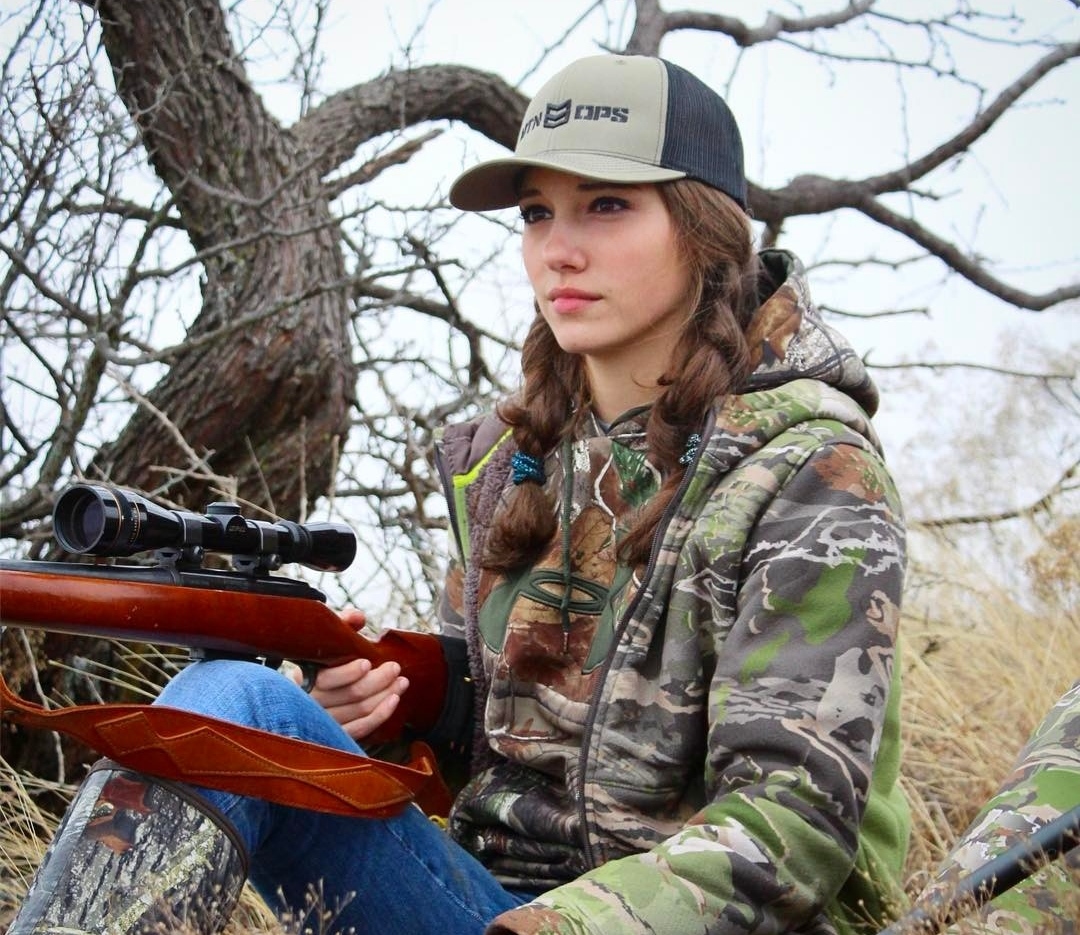
Hi, Lex Elliott here, the Co Founder & Chief Editor of Passionate Hunters.where we go out of our way to research, test, and ultimately review some of the best hunting gear out on the market.
As a Hunter and experts, me and my team will guide you on which hunting gear can help you and get the best results on hunting and also help you to choose the best hunting equipment.Read more About Us
